As solar energy becomes more prevalent, questions arise about its impact on wildlife, particularly birds. Understanding whether solar panels attract birds is crucial for balancing the benefits of renewable energy with the need to protect our natural environment. In this article, we will explore the relationship between solar panels and birds, including the reasons for attraction, potential risks, and mitigation strategies.
Basics of Solar Panels
Solar panels convert sunlight into electricity through the photovoltaic effect. There are various types of solar panels, including monocrystalline, polycrystalline, and thin-film panels. These panels are often installed on rooftops, fields, or large solar farms.
Birds and Their Attraction to Shiny Objects
Birds are naturally attracted to reflective surfaces, which can resemble water or other shiny objects they encounter in nature. This behavior can lead them to interact with man-made structures like windows, mirrors, and, potentially, solar panels.
Do Solar Panels Attract Birds?
Observations and studies indicate that birds can be attracted to solar panels, although the extent and impact of this attraction vary. Factors influencing bird attraction include the location of the panels, the type of birds in the area, and the specific characteristics of the panels, such as their reflectivity and orientation.
Also, check our article Do Solar Lights Attract Bugs?
Why Birds Might Be Attracted to Solar Panels
- Reflection and Glare: Solar panels can create reflections that mimic bodies of water or other attractive surfaces, drawing birds to them.
- Elevated Structures: Birds may view solar panels as elevated perches or safe resting spots, especially in open landscapes.
Potential Risks to Birds
While the attraction of birds to solar panels can seem harmless, there are several risks:
- Collision Risks: Birds may collide with the panels, especially if they mistake the reflections for water.
- Heat Generation: Some solar panels can generate heat, which might harm birds if they come into direct contact.
- Habitat Disruption: Large solar farms can disrupt local habitats, affecting the birds living in or migrating through the area.
Case Studies and Research
Various studies have documented bird interactions with solar panels. For example, research at large solar farms in California has shown that certain bird species, particularly waterfowl, are prone to collisions due to mistaking the panels for water. Other studies have noted a lesser degree of interaction, suggesting that the impact can be site-specific.
Mitigation Measures
To mitigate the impact of solar panels on birds, several measures can be implemented:
- Designing Bird-Friendly Installations: Positioning panels to reduce glare and using materials that minimize reflections can help.
- Anti-Reflective Coatings: Applying coatings to panels can reduce their attractiveness to birds.
- Bird Deterrents: Installing physical or visual deterrents can prevent birds from approaching or landing on panels.
Environmental Impact Assessments
Conducting thorough environmental impact assessments (EIAs) before installing solar panels is crucial. These assessments help identify potential risks to wildlife and suggest appropriate mitigation strategies. Many regions have guidelines and regulations to ensure that solar installations are bird-friendly.
Benefits of Solar Panels for Wildlife
Despite the risks, solar panels also offer environmental benefits that can positively impact wildlife:
- Reduced Pollution: By generating clean energy, solar panels reduce air and water pollution, benefiting bird habitats.
- Habitat Preservation: Solar energy reduces the need for destructive fossil fuel extraction, preserving natural habitats.
Bird Species Commonly Affected
Some bird species are more prone to interacting with solar panels. Waterfowl, such as ducks and geese, are often attracted to the reflective surfaces. Regional differences also play a role, with certain areas experiencing higher incidences of bird-panel interactions.
Technological Innovations
Advances in solar technology aim to reduce wildlife impact. Innovations include smart solar panels that adjust their angle to minimize reflections and integrated deterrent systems that use sound or light to keep birds away.
Public Perception and Myths
Public perception often includes misconceptions about solar panels and wildlife. Educating the public about the actual risks and benefits can help address these myths. For example, while some believe that all solar panels pose significant risks to birds, studies show that the impact is generally manageable with proper measures.
Best Practices for Solar Panel Installations
To minimize the impact on birds, follow these best practices:
- Site Selection: Choose locations away from critical bird habitats and migratory paths.
- Panel Design: Use anti-reflective materials and designs that reduce glare.
- Collaborate with Wildlife Organizations: Work with experts to develop and implement effective mitigation strategies.
Future Research Directions
Ongoing research is essential to fully understand and mitigate the impact of solar panels on birds. Areas needing further study include the long-term effects of solar farms on local ecosystems and the development of more effective deterrents and mitigation technologies.
Conclusion
Solar panels are a crucial component of our transition to renewable energy, offering significant environmental benefits. While they can attract birds and pose certain risks, these issues are manageable with proper planning, design, and mitigation strategies. By continuing to innovate and research, we can ensure that solar energy remains a safe and sustainable option for both humans and wildlife.
FAQs
- Do solar panels harm birds?
- Solar panels can pose risks to birds, primarily through collisions and habitat disruption, but these risks are generally manageable with proper mitigation measures.
- How can I make my solar panels more bird-friendly?
- Use anti-reflective coatings, install bird deterrents, and position panels to minimize glare. Regularly inspect and maintain your solar panels to ensure they remain safe for wildlife.
- Are certain types of solar panels better for wildlife?
- Panels with anti-reflective coatings and those designed to minimize glare are generally better for reducing bird attraction and collisions.
- What should I do if I find a bird near my solar panels?
- If you find an injured bird near your panels, contact a local wildlife rescue organization for assistance. Regularly monitor your installation to prevent such incidents.
- How do solar farms impact local ecosystems?
- Solar farms can impact local ecosystems by altering habitats and potentially attracting birds. However, careful planning and mitigation strategies can minimize these effects, making solar farms a sustainable option for energy production.

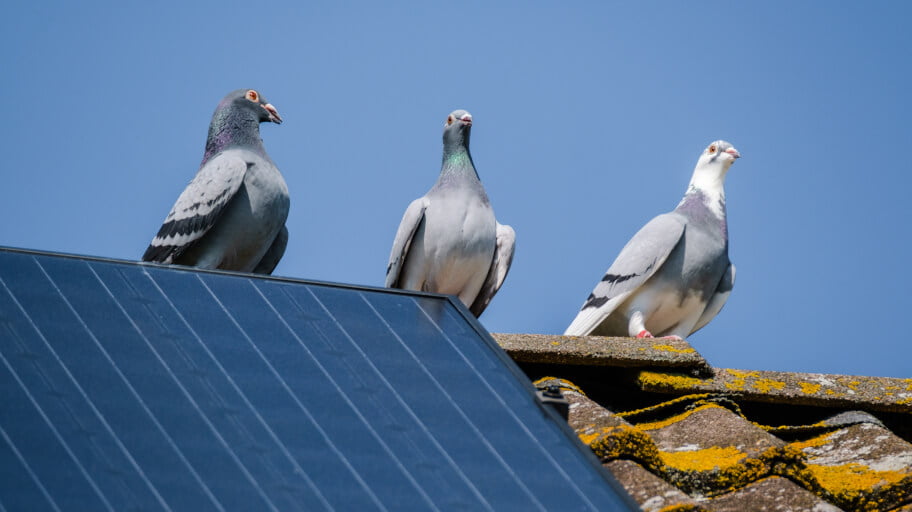
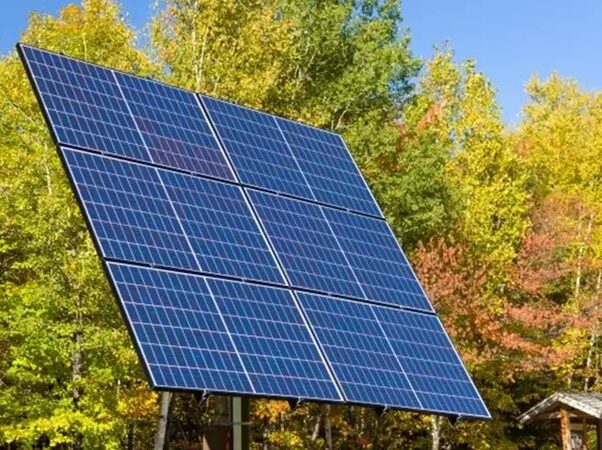
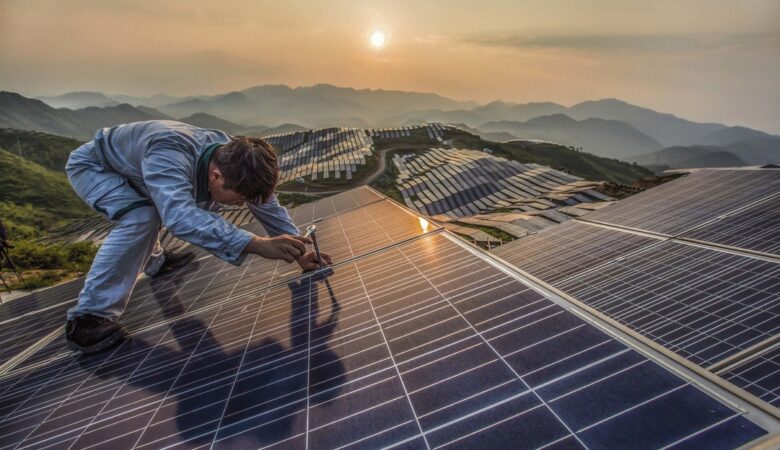
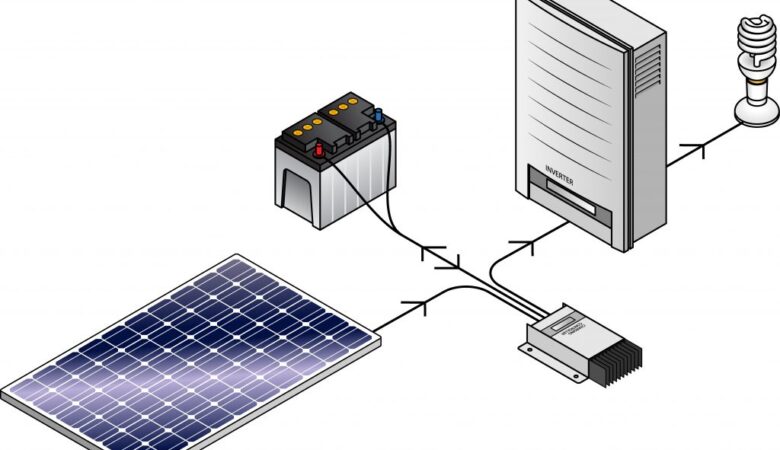
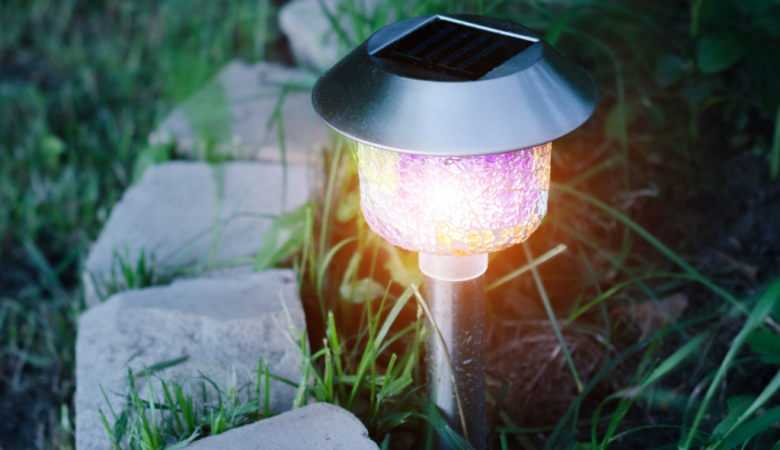
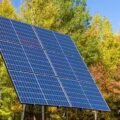

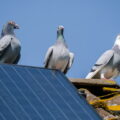
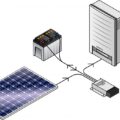

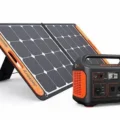
Leave a Reply